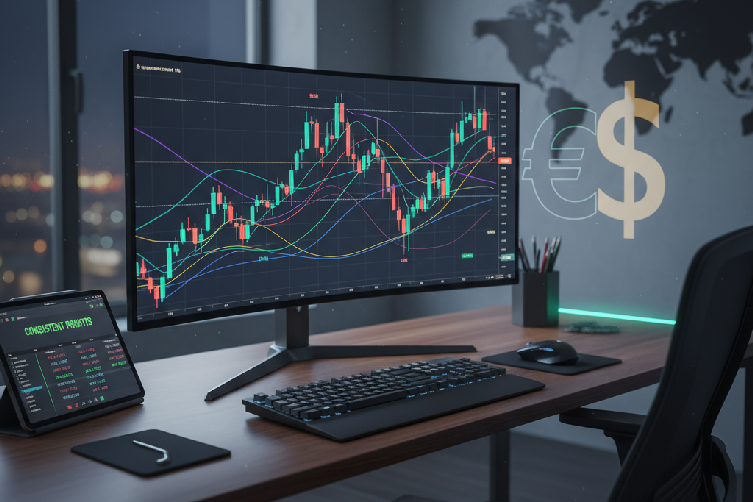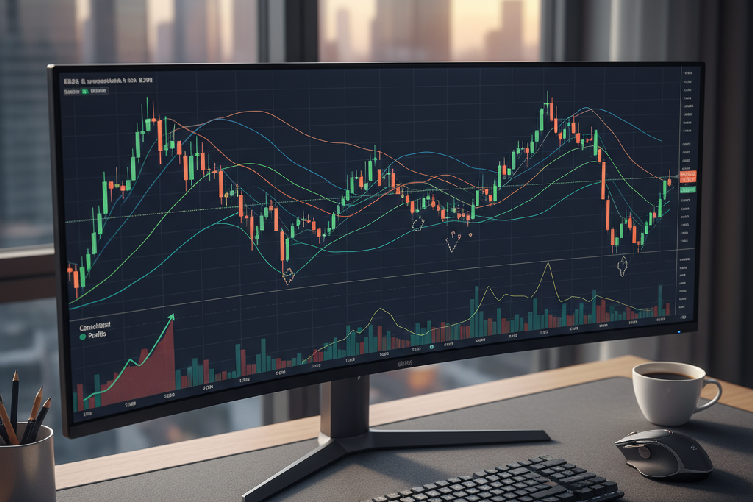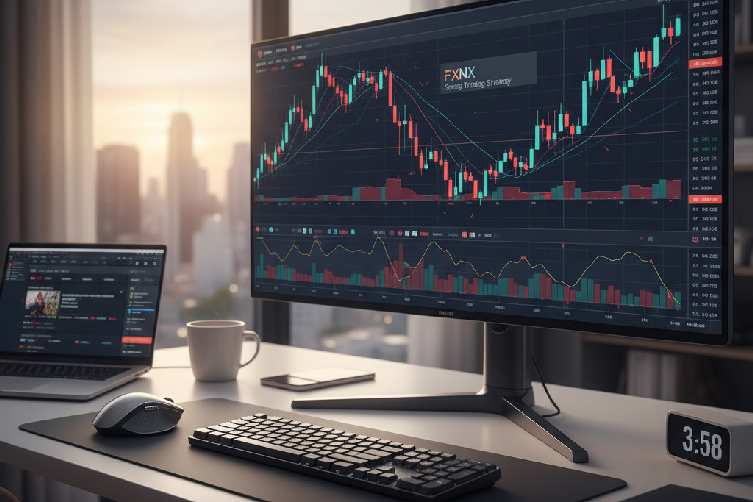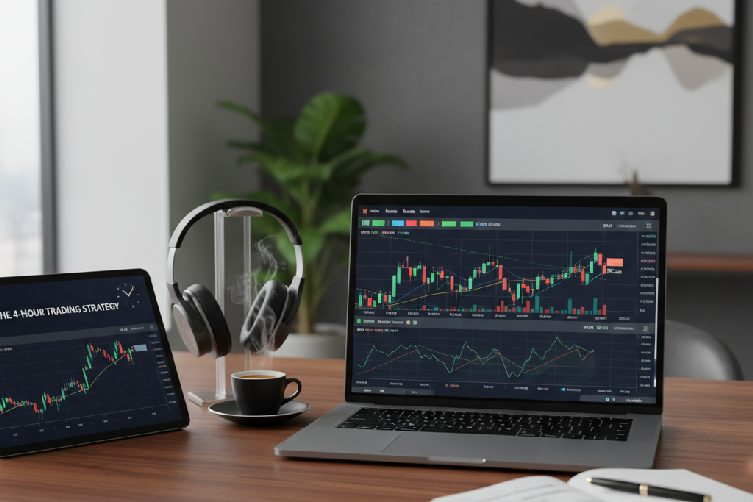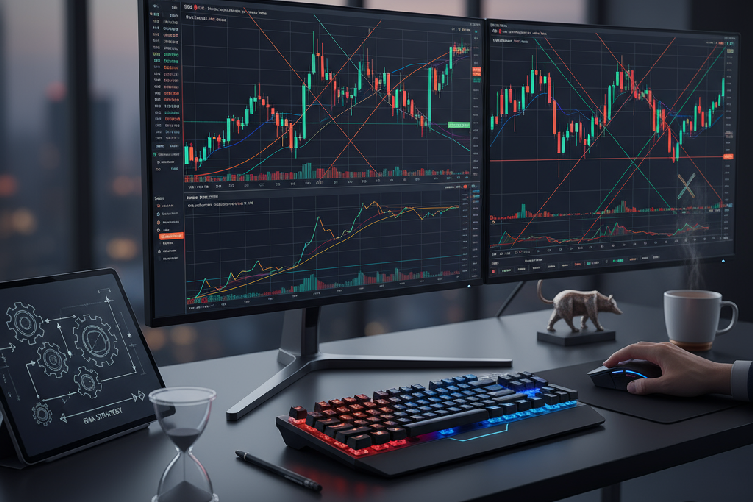Optimal Lot Sizes for a $100 Forex Trading Account

Navigating the forex market with a smaller account, like $100, requires careful planning, especially when it comes to lot sizes. Choosing the right lot size is crucial for managing risk and protecting your capital. This guide explores how to effectively trade forex with a modest initial investment.
To begin, using a tiny lot size, typically between 0.01 and 0.05, is highly recommended. This approach ensures that the risk per trade remains within a manageable 1–5% of your $100 account balance. Many trading platforms offer high leverage, which can be advantageous for smaller accounts, but also amplifies the need for strict risk management.
- Risk per trade: Keep it between 1-5% of your account balance.
- Leverage: Understand how it impacts your position size and potential gains or losses.
- Margin requirements: Small lot sizes (0.01-0.05) keep margin needs balanced, generally $10 to $50 for a $100 account.
- One standard lot (100,000 GBP) would cost $128,000 USD (100,000 GBP x $1.28).
- A minimum micro-lot of 0.01 (1,000 GBP) would cost $1,280 USD (1,000 GBP x $1.28).
As your account grows, you can gradually increase your lot size, always maintaining a disciplined approach to risk. For more insights on optimizing your trades, explore the resources available to FXNX traders.
Can You Trade Forex with $100?
Absolutely, you can trade forex with $100! The key lies in understanding lot sizes and how they relate to your capital. A standard lot in forex represents 100,000 units of the base currency. However, most platforms, including FXNX, offer micro-lots, which are 0.01 lots or 1,000 units of the base currency. This smaller minimum lot size makes forex accessible to traders with limited capital.
Let’s use an example with GBP/USD, assuming an exchange rate of 1.28 (1 GBP = $1.28 USD):

Since a $100 account can’t directly cover these costs, leverage becomes essential. Trading platforms typically offer high leverage ratios (e.g., 1:100 or 1:200) that allow you to control a much larger position with a smaller amount of capital. For example, with 1:1000 leverage, a $100 account could manage a $100,000 position. While leverage magnifies potential profits, it also magnifies losses, making robust risk management non-negotiable. Always review the specific lot sizes and contract details provided on the FXNX platform interface before placing any trades.
Lot Size Calculation Formula
To determine the ideal lot size for your trades, you need to consider your account equity, risk tolerance, and stop-loss levels:
1. Determining Position Size Based on Account Equity
Your account equity is the total money in your trading account, including any unrealized profits or losses. This forms the basis for calculating your position size. A critical component here is your chosen risk percentage. It’s generally advised to risk no more than 1% to 2% of your account equity per trade. This conservative approach helps protect your capital from significant drawdowns.
2. Setting Appropriate Stop-Loss Levels Based on Analysis
The placement of your stop-loss is vital. It’s the price point at which you’ll exit a losing trade, defined by your market analysis and trading strategy. Understanding the pip value is also crucial; this is the monetary value of a single pip (the smallest price movement) for your chosen currency pair and account currency.
3. Using the Lot Size Calculation:
The formula to calculate your optimal lot size is:
Lot Size = (Account Equity × Risk Percentage) / (Trade Risk in Pips × Pip Value)
By plugging in your numbers, you can find a lot size that aligns with your available capital and risk management plan. Make sure to adjust the calculated lot size to fully satisfy your risk tolerance. Utilizing these techniques helps individual traders effectively manage risk and identify the right position size for their account.
Best Lot Size for a $100 Forex Account
Appropriate Lot Sizes for a $100 Forex Account
For a $100 account, limiting your transaction sizes to between 0.01 and 0.05 lots is highly recommended. This strategy ensures that the risk on each individual trade does not exceed 5% of your account equity. By keeping transaction risks low, you protect your smaller account from potential devastating losses. Risking more than 5% per trade can quickly deplete a tiny account, especially during a series of unfavorable trades.
Leveraging a Small $100 Account Responsibly
Traders using a $100 account will likely need to utilize the high leverage provided by their broker, such as 1:100 or 1:200. This leverage enables them to control a larger market position than their account balance would otherwise allow. While this can lead to substantial gains, it also escalates the potential for significant losses. Therefore, disciplined risk management is paramount when operating with high leverage on a smaller account. Always be aware of the margin requirements for your positions to avoid margin calls and ensure sustainable trading practices on a trusted FX trading platform like FXNX.



 Enter the Non-Farm Payrolls report, the granddaddy of economic indicators! What’s the big deal? The NFP report gives us a snapshot of the US job market, excluding farm workers and a few other categories. It’s like taking the pulse of the world’s largest economy. Sounds important, right? You bet it is!
Enter the Non-Farm Payrolls report, the granddaddy of economic indicators! What’s the big deal? The NFP report gives us a snapshot of the US job market, excluding farm workers and a few other categories. It’s like taking the pulse of the world’s largest economy. Sounds important, right? You bet it is!



